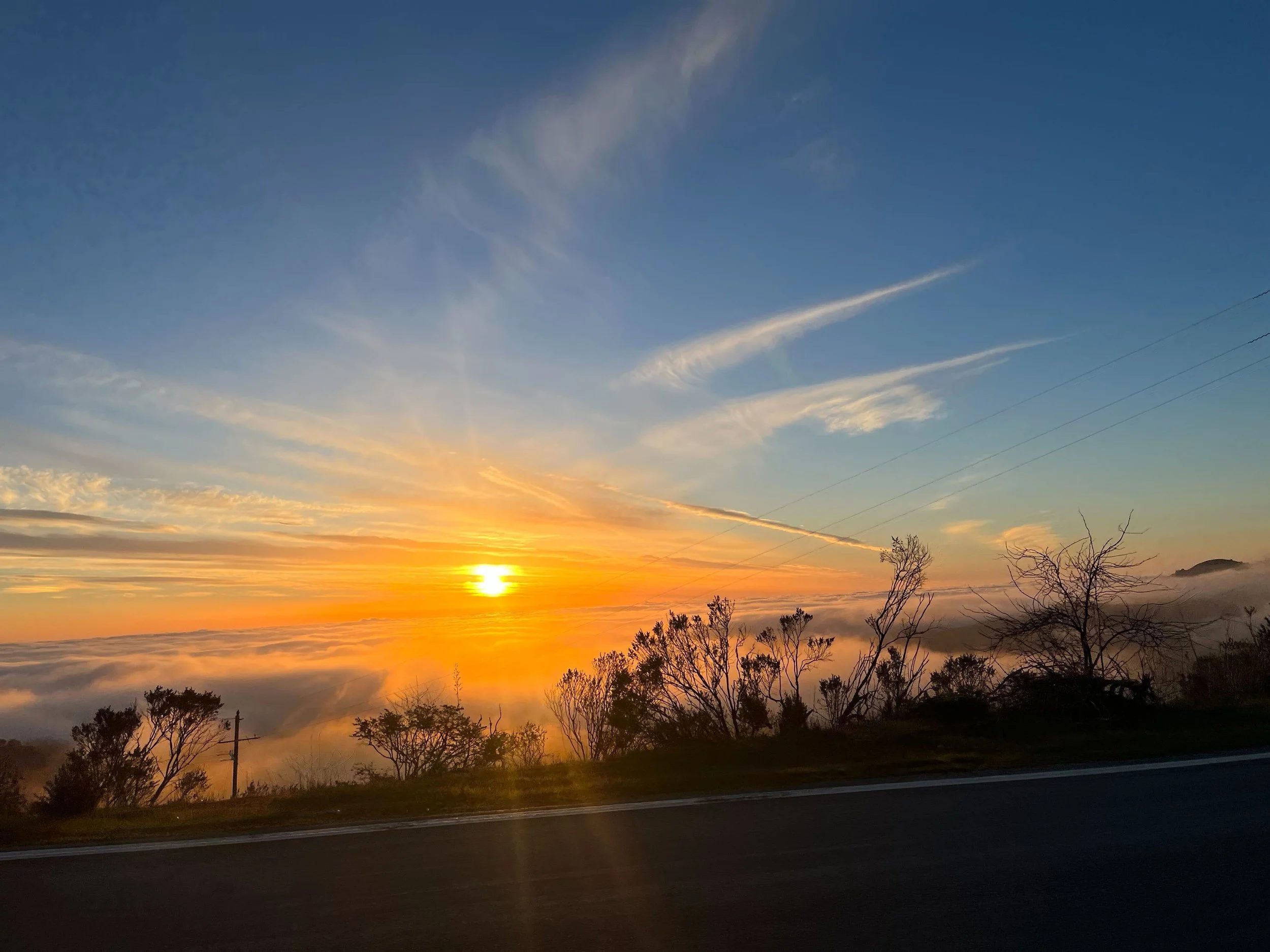Shine on, Alto Velo: Safety and Visibility Tips for Fall and Winter Riding (Bicycle Law Sponsor Blog)
As cyclists ourselves, Bicycle Law is committed to not only providing legal services to cyclists, but also educating riders about relevant legal issues. This is the third in our series of blog posts throughout the year answering common questions we hear from riders. Have more questions or want to discuss something in more detail? Email us at info@bicyclelaw.com or talk to Miles Cooper when he joins the B/C rides the first Saturday of every month!
The days are getting shorter, and for many of us, that means our favorite training and group rides now start or end in the dark. As your sponsor, Bicycle Law is here not only to advocate for cyclists but also to help you ride safer, smarter, and with maximum visibility.
This time of year — especially with the seasonal shift — presents a higher risk for all road users. One study showed a 13% increase in fatal crashes involving cyclists and pedestrians after the fall time change. As dedicated riders, we need to adapt our routines and gear to stay seen and safe. Is it fair that cyclists have to paint themselves in DayGlo to stay safe? Not one bit. But until drivers put down their phones or get replaced by robots one is best served by being conspicuous.
Sunsets on Skyline are some of the best in the Bay Area, but be prepared to descend in the dark!
A word on conspicuity: bright lights help during daylight hours too. When you’re out by yourself or in smaller groups a flashing forward light can help make one more visible to oncoming cars turning left, and a flashing rear light is great for the light/shadow interplay on Skyline, many rural roads, and the in-the-driver’s-eyes low angled sun.
Here are our essential tips, including how to optimize your light setup for the best visibility.
Optimize your lights: Brightness and positioning
It’s not enough to simply have lights; they must be positioned correctly for greatest effect. Think of your lights as communication tools, not just navigation aids. And perhaps most importantly: make sure they’re charged before you throw a leg over the top tube.
Headlight (Front): Aim for awareness, not just illumination.
Positioning tip: Instead of pointing your bright light straight ahead, angle your headlight slightly downward. This focuses the beam on the road surface where you need it to spot hazards like potholes and debris, while still casting enough light forward to alert oncoming drivers without blinding them.
Settings: Use a steady, powerful beam on unlit roads for navigation. On urban, well-lit streets, switch to a flash or "pulse" mode to increase your visibility and stand out against background lights.
Taillight (Rear): Maximize visibility at eye-level.
Positioning tip: Don’t just clip your taillight to your seat post. Consider a secondary light (or using your primary one) mounted to your helmet or a backpack at a higher vertical position. This places the light closer to a driver’s line of sight, especially those in taller vehicles, helping them see you well before they see your bike frame.
Settings: Use a steady or a high-contrast flash pattern. The erratic movement of a light mounted to your body or helmet is incredibly effective at grabbing a driver’s attention.
Don’t skip the sash: Reflective and hi-viz gear
The goal is conspicuity: the quality of being visible against your environment. Lights are crucial, but passive visibility is your backup.
Reflective material: Reflective material works by bouncing a vehicle’s headlights directly back at the driver, increasing your visibility hundreds of feet out. Look for it on vests, jackets, shoe covers, or even apply reflective tape or stickers to your helmet and bike frame.
Hi-viz clothing: Fluorescent and bright colors aren’t just a fashion statement — they dramatically increase your daytime and low-light visibility. Don't reserve your neon for laundry day; make it your default when riding in questionable light conditions.
Cap: While not high-viz, a brim-down cap is an excellent foil for blinding headlights coming your way, not to mention protecting from wet on those frainy (a Bay Area portmanteau for fog-rain) mornings.
Plan ahead and adapt your route
Be aware that drivers are also adjusting to the sudden shift in ambient light.
Anticipate driver behavior: Your evening commute is now a "dark ride." Assume drivers are distracted or haven’t yet seen you. Be extra defensive at intersections, especially when approaching left-turning vehicles.
Ride smart: When possible, choose routes with wider bike lanes, slower speed limits, or better street lighting.
We are proud to support Alto Velo and the passion you bring to the sport. Stay safe out there, ride with purpose, and remember: being seen is your first line of defense.
PS: For those who need lights (or want to upgrade their current setup), contact Cameron O’Reilly for a special club discount code (20%) for Exposure Lights.
— The Team at Bicycle Law
Important notice (or, things lawyers have to say):
The information provided in this post is not legal advice. The information provided on this public website is provided solely for the general interest of the visitors to this website. The information contained herein applies to general principles of American jurisprudence and may not reflect current legal developments or statutory changes in the various jurisdictions and therefore should not be relied upon or interpreted as legal advice. Understand that reading the information contained in this column does not mean you have established an attorney-client relationship with Coopers LLP, operators of Bicycle Law. Readers of this post should not act upon any information contained within without first seeking the advice of legal counsel.

